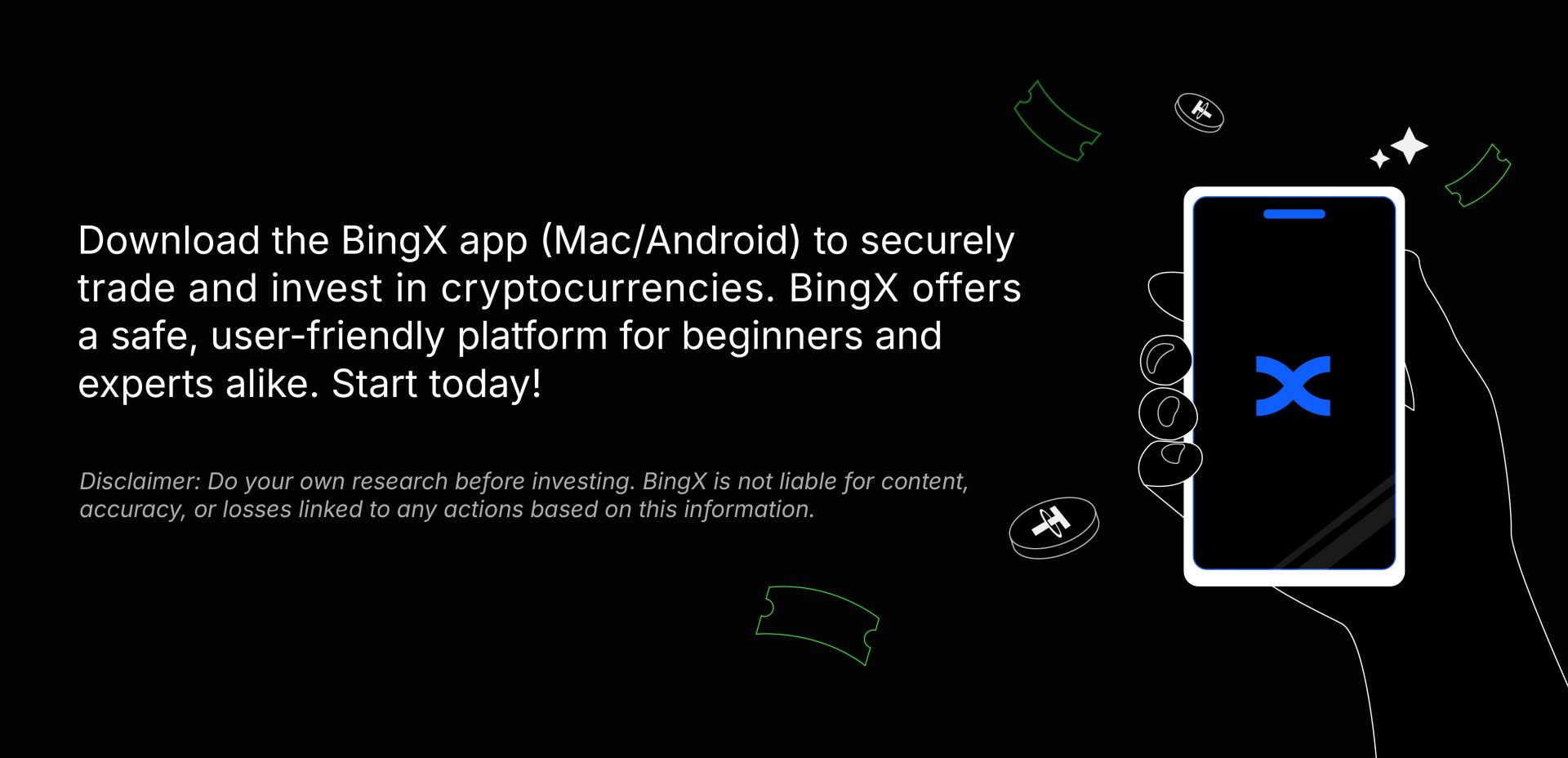Ripple’s CEO Brad Garlinghouse made headlines by claiming that XRP could capture 14% of SWIFT’s global cross-border payment volume within five years. It’s a bold prediction—and a direct challenge to the world’s dominant financial messaging network.
But is it realistic? And what exactly makes Ripple different from SWIFT?
How Does SWIFT Work?
SWIFT is the backbone of today’s global payments system. When money moves internationally—whether for businesses or individuals—SWIFT facilitates the messaging between banks. But while it tells banks where and when to move money, it doesn’t actually settle the funds. Payments often take days, with multiple intermediaries involved, adding delays and fees.
Ripple’s Approach: Moving Money, Not Just Messages
Ripple is aiming to do more than replace SWIFT’s messaging layer. Its platform, powered by the XRP token, combines both messaging and settlement, enabling near-instant cross-border transactions.
Here’s the key difference:
- SWIFT: Messaging network; banks still need pre-funded accounts to complete settlements.
- Ripple: Blockchain-based settlement network; XRP serves as a bridge asset for instant currency conversion, reducing the need for banks to hold foreign currency reserves.
Ripple’s system promises faster, cheaper, and more efficient transfers, a significant improvement over legacy systems weighed down by intermediaries and settlement delays.
Why Ripple’s Ambition Matters
Ripple’s bet on XRP as a liquidity solution is particularly relevant today, as cross-border payments remain expensive and inefficient, especially for smaller institutions and emerging markets. With international payments touted as one of the top real-world use cases for crypto more broadly – Ripple might just have a point.
If Ripple can gain market share from SWIFT, it would mean:
- Faster payments for consumers and businesses globally
- Lower costs for remittances and corporate cross-border transactions
- Less reliance on traditional correspondent banking networks
Are We There Yet?
While Ripple’s vision is ambitious, challenges remain. Regulatory scrutiny, banking partnerships, and trust in blockchain-based infrastructure are key hurdles – as well as developing comparable trust in the Ripple ecosystem to the tried-and-tested SWIFT system.
SWIFT itself is also evolving – working on its own real-time payment solutions.
But Ripple’s growing network and focus on liquidity—not just messaging—shows how blockchain can reimagine financial plumbing. For banks, fintechs, and even individual crypto users, this competition could usher in faster, cheaper, and more reliable international payments.
